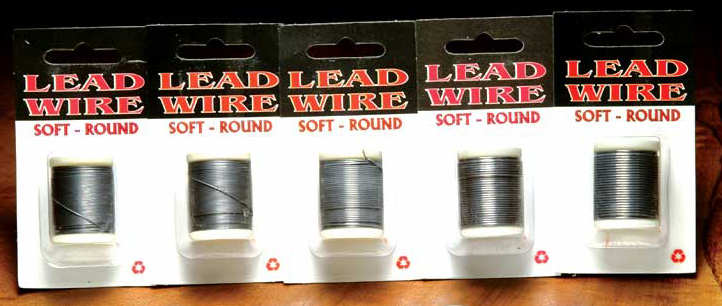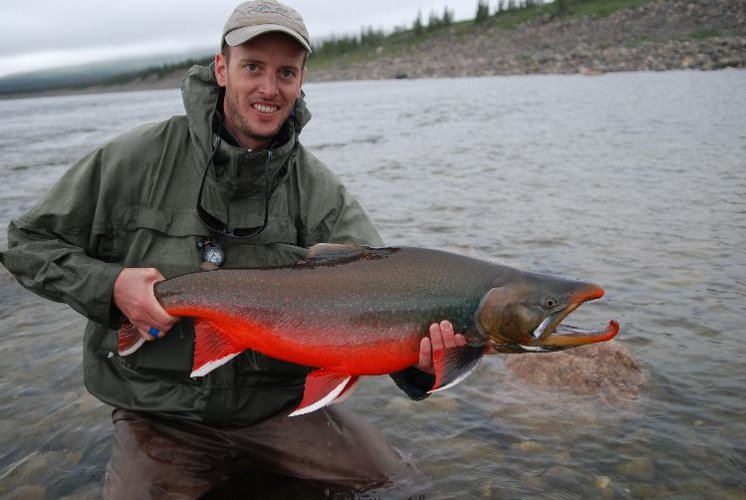 |
| Cast straight Marty! |
From time to time on here I have talked about a good friend of mine- Marty. Marty and I met a little over 10 years ago. I was working at a small public aquarium and we were in the process of designing a new one. I had met two of the three partners in the architecture firm and each time I met them to talk about what I would like to see in the new building, the topic of muskies came up. Both of them had the same response "You have to meet Marty". They were right. We met, talked muskies and it all fell into place. If I remember correctly, we met in the fall and exchanged fishing stories quite a bit. Marty had fly fished, but not a lot, and mostly for trout. That would soon change.
 |
| First day- first time seeing that grin, but not the last! |
Later that summer I introduced Marty to fly rod muskies. As to be expected, it took a while for him to get a good handle on casting (good thing he had an awesome teacher right?). We had a great time catching fish on conventional gear and on flies. It took a couple of years, but I haven't seen the baitcaster in a while. I do miss Froggy though. Froggy is a massive topwater lure that splats into the water and makes this great wake and splash as it chops its way back to the rod. We always got a great laugh about the way it landed and it was incredible to watch a musky smash it. It is just as fun to watch them hit Dahlberg Divers though!
 |
| Not that first steelie, but a similar snowpack |
Overnight the river came up because it was pretty warm and the snowpack was melting. The Salmon came up quite a bit. We weren't able to cross a bigger side channel we had the day before. We clamored through snow and finally found a nice small side channel. As we walked slowly up that channel we spotted a nice fish. Marty tossed an egg fly at her and got a take. Beautiful fat steelie in hand for photos and then released. Time to walk back down the main stem and find more fish. None were found both dreaded the dredge back to where we could cross then dredge back through the snow to the car. As we looked at where we could cross a helpful drift boat guide offered us a ride down to a small island that would let us access the far shore. We took him up on that. Big mistake!
I was familiar with the island and the side channel next to it. I had fished it many times. I figured we could get through that channel without any problems. When we got on the island,I realized just how wrong I was and that without knowing it, the helpful guy screwed us. Marty and I pondered what to do. Water was cranking through the channel. I made a few attempts but it was just too fast and too high. At the end of one of the pools two saplings had fallen into the river and had become entangled in one another. I said that is our only chance. Marty was pretty skeptical. So was I, I must admit. I gave him my rod and started across. I made it. Not sure how, but I did. Marty passed the rods over and then crossed safely. We both agreed that it was one of the scariest moments of our lives.
There are plenty of stories left to tell... more in a day or two...

















































